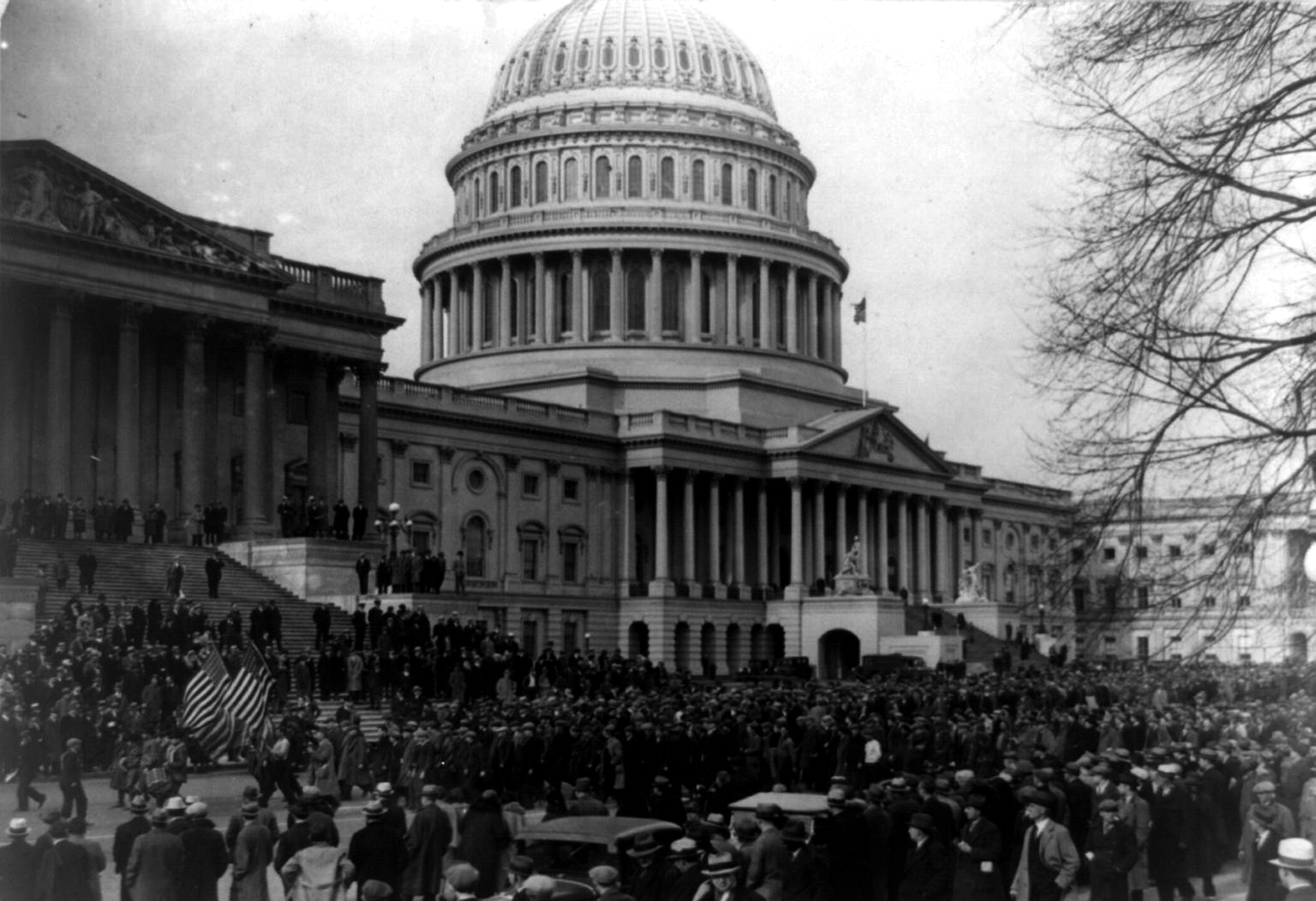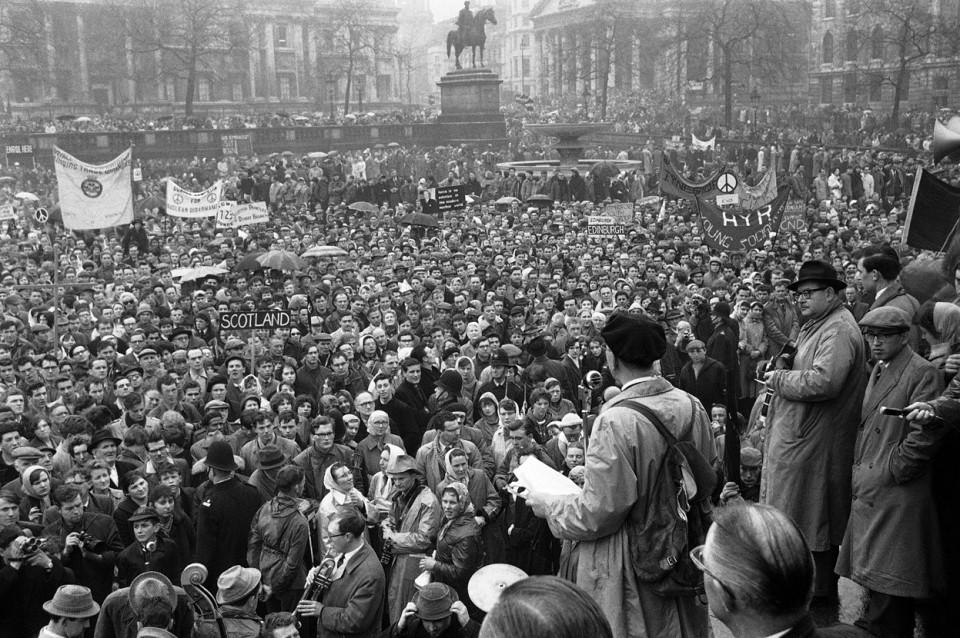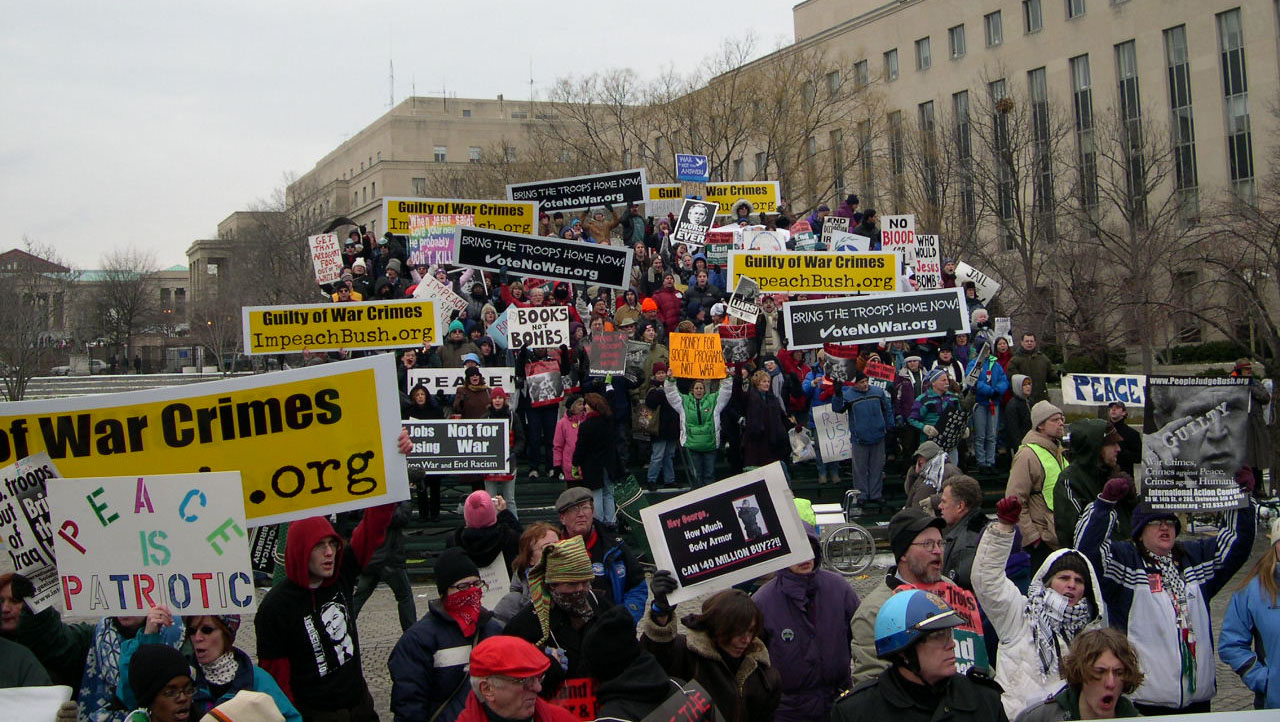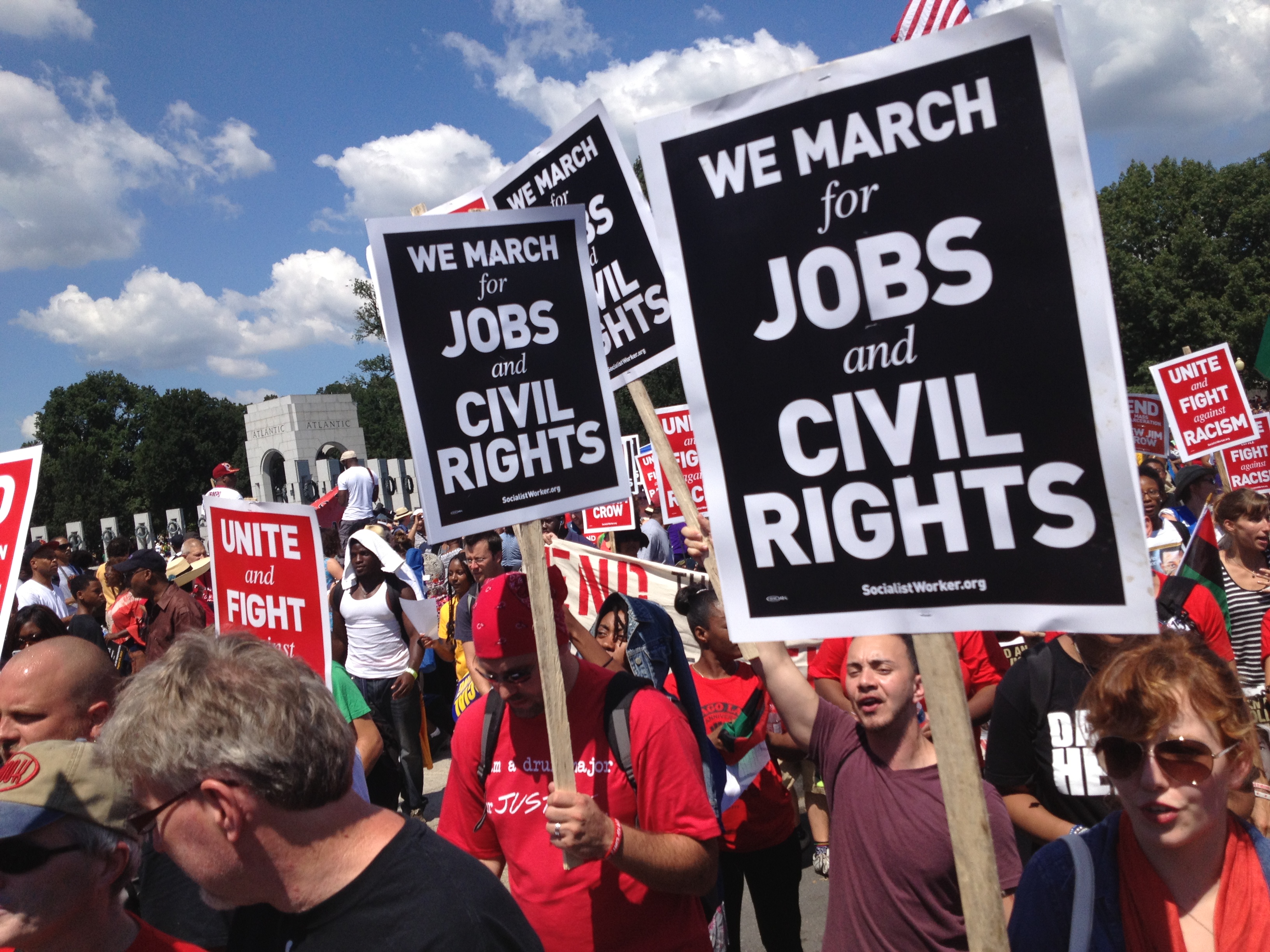
In terms of the numbers it attracted, the August 24, 2013 March on Washington was an inspiring success. The question remains, however, how politically effective was it?
In the March 20 edition of USA Today, during the build-up to the 50th Anniversary of 2013’s March on Washington for Jobs and Freedom,Rick Hampson’s article, “Do Marches Still Make a Difference?” addresses the tradition of mass marches on Washington:
“March fatigue: so many of them for so many causes to so little apparent effect. Is marching on Washington, one of the signal rituals of American popular democracy, out of step?”
The article argues that while such large marches can rally the faithful and provide them the courage of knowing they are not alone, this tactic no longer carries much weight. With the National Parks Service issuing 1,600 march permits a year on the Mall, the impact of mass mobilizations in DC have been diluted to an easily ignored routine. They rarely receive much publicity or help to push legislation forward that would be supported by their participants. Politicians remain deaf, skeptics remain on the sidelines, and the uninformed continue to know nothing of the causes that motivated large numbers to come out. As a result, disillusionment sets in among the participants.
Certainly, Hampson’s question on the effectiveness of mass marches is a good one to ask. It is always necessary to critically evaluate which tactics can work, when they are appropriate, and which goals should be promoted in order to build a bridge from the current situation to achieving the desired political results.
Unfortunately, Hampson’s article does not do this. Instead he substitutes a near categorical rejection of mass marches as an effective tool for any issue at any time. Cloaked in the illusion of journalistic objectivity, his broad-brush strokes paint an abstraction that is, in effect, an editorial against ever taking mass action in DC, without proposing an effective alternative to achieve political change. This leaves the reader with the impression that there is nothing that can be done.
Coming four days before the 2013 March on Washington, it is impossible not to conclude that the political intent behind this article was to undermine its success and discourage anyone from paying attention.
False Arguments
Yet Hampson’s arguments for supporting his conclusion are, even on the surface, ridiculous. For instance, he writes:
“…Who remembers Washington marches for colon cancer screening (2006) or public broadcasting (2012), or against Scientology (2008), or genetically engineered food (2011) or African warlord Joseph Kony (2012)?”
Comparing 1963’s and 2013’s March for Jobs and Freedom to these marginal issue events, that only attract small numbers of the already committed, doesn’t work. Both 1963’s and 2013’s events had a long list of civil rights, community and Labor endorsements, representing millions of working class people. This demonstrates the broadness of their appeal and power in dramatic contrast to the events Hampson compares them to. This method of argument is like putting an equal sign between a Play Station football game, enjoyed by isolated individuals, to the Super Bowl.
The goals of Jobs and Freedom in 1963 and the aspirations motivating tens of thousands to mobilize in 2013 represent the immediately felt needs of the vast majority. The fulfillment of these needs runs in opposition to a tiny corporate elite’s interest who profit from high unemployment and underemployment, low wages, institutional racism and cuts to public programs such as Medicare, Medicaid and Social Security.
Consequently, these events demonstrate and encourage a potentially explosive social fissure, no matter how peacefully conducted, that put the ruling elite and their politicians on edge. If fundamental social change is to occur that will benefit workers, it will have to be made by them at the expense of those corporate owners who control the economy and political system now. Mobilizing around workers’ immediately felt needs helps to build their power to succeed, since the demands represent the interests of the vast majority. This cannot be said of the other examples that Hampson cites.
Finally, there is the claim that mass marches on the Capital accomplish very little, if anything, and therefore, are not worth the effort. This depends on what participants expect to be accomplished and the longer-term perspective of what needs to be done after the event.
Sometimes the mere threat of a huge march will win the battle. When A. Philip Randolph, head of the Brotherhood of Sleeping Car Porters and many civil rights organizations, threatened to organize a huge march on Washington, D.C. in 1941 and refused to back down at President Roosevelt’s insistence, the president caved in and decreed what Randolph had demanded without having to follow through with the march: an end to hiring discrimination in the defense industries.
Most times, however, when challenging the interest of those in power, one massive mobilization alone will not be able to get the job done, let alone the threat of one. It would be naïve to think otherwise. However, events on such a large scale should not always be seen as a one-time event.
Instead, they must be viewed as part of an escalating movement-building process. If it is possible to organize a demonstration of hundreds of thousands, it is possible to expand a movement’s influence. If this influence grows, it is possible to take more militant large-scale actions, such as massive rallies, strikes, and raise stronger demands, such as full employment, because of the increased collective confidence of workers. This, in turn, can create greater capacity for more advanced forms of organization that can directly challenge the political and economic machinery of the corporate elite. For example, just with the most recent past demonstrations of millions of people have shown that governments can be brought down by such actions.
Building Independent Power
Those on top are much more aware of this potential power of the vast majority than those who possess it. That is why they are sometimes willing to try to shut down this process by offering partial reforms. Two examples of this were the passage of the Civil Rights Act in 1964 and the Voting Rights Act in 1965 — the first effective race-related pieces of Civil Rights legislation in 86 years! Had it not been for the massive grassroots efforts of the Civil Rights Movement and significant elements of the Labor Movement that 1963’s March on Washington helped to gather together, these acts would be forgotten failures today.
The gains made during this period, as well as those of the union movement in the 1930s, are under severe attack by both the Republicans and Democrats. Today it is more necessary than ever that we march on the capital, as well as engage in other ways of mass organizing, if we are to reverse this process.
A prerequisite for these efforts to be effective is that they are done independently of the corporate political parties who would rather have us believe that such an approach only worked in days gone by, or never at all. Unfortunately, by putting big name Democratic Party politicians on the podium, the independent power of 2013’s March on Washington is compromised.
How can we be expected to ignore that Senator Nancy Pelosi, following Obama’s initiative, has helped lead the charge to cut Medicare, Medicaid, and Social Security when she addressed those assembled at the Mall? How can we overlook the fact that Attorney General Eric Holder, who also spoke, is the overseer of a growing prison system that incarcerates blacks at a vastly greater rate than their percentage of the population and has refused to bring a civil rights case against George Zimmerman?
And how is it that the grassroots potential of the 50th Anniversary events cannot be considered compromised when President Obama will be speaking on August 28? He has refused to launch a significant federal government jobs program to help put millions of the unemployed back to work and he has let the minimum wage fall far below its 1963 level. In contrast, the 1963 march demanded jobs and a higher minimum wage since these are some of the most important issues in the Black community.
It is the policies of these politicians and their corporate backers that are responsible for the conditions that have motivated many to support the current protest. Asking these politicians to speak from the stage, when their actions have consistently promoted big business interests at the expense of the majority, is akin to asking foxes to speak on behalf of the chickens they hunt.
This could be an indication that the lead organizers of the march wish to steer the widespread discontent behind 2013’s March on Washington back into the dead-end of “lesser evil” electoral politics. This poses a greater threat to its promise than all those who would dismiss the power of taking mass action.
Nevertheless, when hundreds of thousands come together to protest with the hope of winning their demands and they begin to get a taste of collective power, that experience is not so easily derailed. The Democratic Party, because of its ties to the corporations, will only betray these expectations. But the longer the hopes and needs of the 99% are suppressed, the greater the explosion when these needs are too intense to be contained by the usual methods of empty promises and miniscule crumbs thrown to them by duplicitous politicians.
3 WAYS TO SHOW YOUR SUPPORT
- Log in to post comments
















